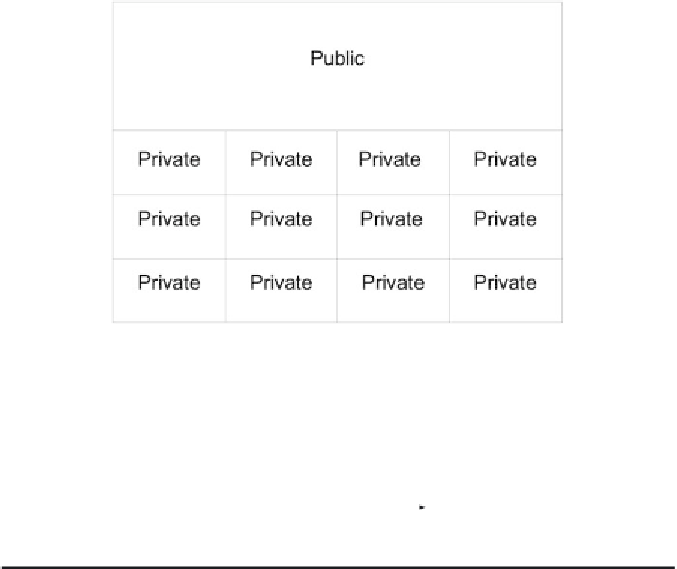what-when-how
In Depth Tutorials and Information
Figure 13.1
Brief structure of Zing. (From Zing: A Facilitated Group Decision
SupportSystem.Availableathttp://www.anyzing.com.)
Views and
Ideas
Collection
Factor
Analysis
Make Choice
Figure 13.2
Steps of Q-Method. (From Q-Method: Capture of Subjective
PerceptionsandFactorAnalysis.Available:http://www.qmethod.org.)
13.2.2 Q-Method: Capture of Subjective
Perceptions and Factor Analysis [3]
Q-methodology provides a standard set of processing steps for analyzing numeri-
cal data by eliciting the subjective understandings held by participants. he data
source in this case is the participants' own understanding of some particular topic
or problem.
First, the process collects all the ideas of the participants and publishes those
ideas together. his process allows the participant to access others' ideas. his is
important and advantageous since many new ideas may come out through this
process.
Second, participants make choices. his process will distribute a sort sheet to
every participant and ask them to make choices among the statements of ideas
presented. Once this process is completed, the Q-Method software can analyze the
data provided by the participants and run the factor analysis to get the respective
factor number, which indicates the views of the participants.
Figure 13.3 illustrates such a procedure.




